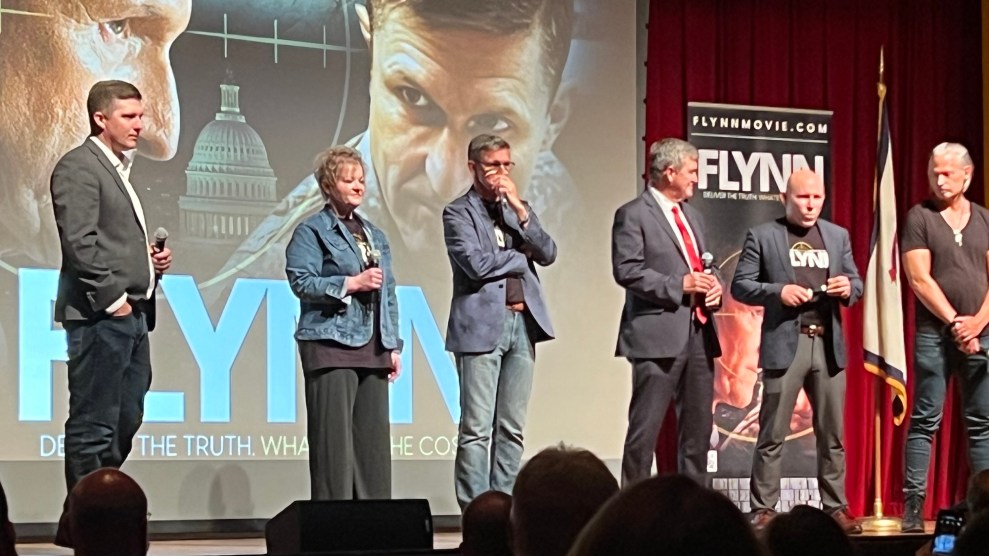DEVIL’S ADVOCATES
Recovered memories of satanic abuse represent a lot of business for therapists. Researchers at the University of New York at Buffalo report that of the 2,700 members of the American Psychological Association who answered a recent query, 30 percent said they had treated cases of ritual- or religion-related abuse. Some of the cases, no doubt, are real.
Since the mid-1980s, police and government investigators have conducted extensive probes into alleged cult activity, but so far they’ve come up virtually empty-handed. The FBI’s Kenneth Lanning says that despite reviewing 200 cases in the past decade, the bureau has found only a few isolated “self-styled” satanists and an occasional serial killer who uses demonic symbols. According to Lanning, there has yet to be a single substantiated case of a group murder based on satanic belief.
A study by the Committee for the Scientific Examination of Religion, an international group of scientists, found that of more than 1 million recent violent crimes in the United States, only about 60 could be tied in any way to satanic belief.
“Satanism is one of many panics that have swept this country,” explains Shawn Carlson, a physicist at the Lawrence Berkeley Laboratory who helped conduct the study. “In the 1950s it was the communists, the Great Red Scare. In the early 1980s it was people being abducted by UFOs. Now it’s satanism.”
A deluge of satanic imagery has swamped pop culture in the past decade, courtesy of horror novels and films, TV talk shows, and heavy-metal rock lyrics. “I’ll get weeks on end of calls after a book comes out or a TV show is aired [about satanism,” says San Francisco police officer Sandi Bargioni, a nationally prominent expert on ritual-crime cases. “It has created a hysteria.”
Bargioni and others say that the 1980 publication of Michelle Remembers triggered public interest in the subject. The book told how a mother had offered her five-year-old daughter to a satanic cult. Eight years later, Satan’s Underground, by Lauren Stratford, purported to tell how the author was forced to act as a “breeder” of babies and fetuses to be sacrificed in satanic rituals. After Stratford appeared on several talk shows, many people began recalling similar events. Stratford’s book was recalled in 1990 after an article in the religious magazine Cornerstone revealed her story to be a hoax.
Since the first court case involving repressed memories of alleged satanic abuse, in 1989 (see “The Devil in Mr. Ingram,” Mother Jones, July/August l991), over 1,400 people nationwide have become embroiled in similar legal proceedings.















